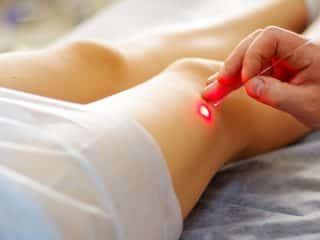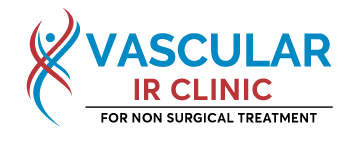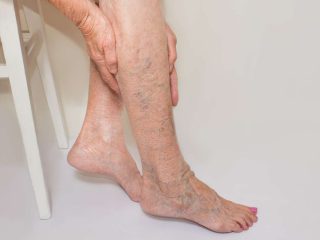Definition & Overview
Laser vein treatment is a technique that uses laser technology for either medical or cosmetic purposes or both to treat vein-related conditions or problems. The veins play an important role in the body; the blood makes its way back to the heart through the veins as the heart pumps blood through the arteries. But, sometimes the veins get swollen, leading to the creation of varicose veins, which are most frequently found on thighs or calves.
Although there are surgical options available for treating varicose veins, most people are unwilling to undergo surgery for a non-life-threatening condition, hence the need for less invasive care. It is the place where procedures with laser veins come in.
Who Should Undergo & Expected Results
Laser vein treatment is prescribed for people suffering from varicose veins, which is typically done by aesthetic medicine professionals who specialize in laser treatment. While varicose veins do not always require treatment, they often cause pain or may become uncomfortable or unsightly, especially if they are bulging. Laser treatment relieves soreness and swelling and soothes irritated skin on top of the swollen veins.
Varicose veins are treated with two types of laser. These are:
- Simple Laser Vein Treatment– This is non-invasive and does not involve cutting through the skin. It is widely used for the diagnosis of quite small varicose veins and spider veins on the skin surface. Nevertheless, these therapies involve multiple sessions usually spaced between 6 and 12 weeks apart, depending on the severity of the problem. This is a tried and tested technique that has been practiced with high performance and safety ratings for over 20 years now.
- Endovenous Laser Treatment (EVLT)– When the infected veins are extremely swollen, endovenous laser ablation for varicose veins is required. The operation is done by applying laser heat inside the vein, hence the term “endovenous,” meaning “inside the vein.” This is seen as a healthier and less painful alternative to other varicose or spider vein procedures such as ligation and stripping. Endovenous laser treatment requires only light sedation or local anesthesia while general anesthesia is required for ligation and stripping.
The endovenous operation has a success rate of 94 percent and the main factor impacting this rate is the skill level of the doctor performing the procedure. For situations where the desired outcome has not been obtained, the procedure may be accompanied by another, unless the patient wishes to try a different treatment option such as radiofrequency or sclerotherapy. If those options somehow fail, vein surgery is the last resort.

The endovenous laser treatment is a preferable option to surgery because it is minimally invasive and is usually done on an outpatient basis.
How Does the Procedure Work?
Before the varicose veins treatment
- The doctor will explain in detail the process, explaining the pros and cons, the drug to be used, the expected results, the potential complications, etc. To understand what the treatment entails, the patient is encouraged to ask questions and raise concerns.
- Usually, patients are given a form to show the drugs or supplements they are currently taking, particularly those with blood-thinning effects, existing medical conditions, allergies, etc.
- Since the treatment is typically followed by imaging scans such as an ultrasound to evaluate the vein, it is also necessary for the patient to notify his doctor if he is allergic to the dye contrast material which is sometimes used in imaging procedures.
During the Procedure
- Removal of the varicose or spider vein starts with the doctor digging in the area where the catheter is inserted. As a rule, the doctor often injects numbing medication along the whole vein affected. The injections may cause some pain but the operation will proceed without any discomfort once the numbing medication sets in.
- Once the patient is ready, the doctor must make a small cut through the skin where the catheter will be applied to the infected varicose vein before it is slowly and carefully guided. Once in place, the doctor inserts a laser fiber through the catheter which produces heat throughout the entire length of the vein. At this point, the catheter will be abstracted, after which the vein will close up. The latter will gradually shrink. As the laser fiber works within the vein.
After the Procedure
- The cut is covered with a bandage.
- For the first few days or weeks following the procedure, the patient will be given instructions to wear compression stockings or bandages to compress the legs.
- The patient is not permitted to get the affected legs wet while wearing the compression stockings.
- Patients will be encouraged to move around the body to facilitate normal blood flow. Apart from swimming, right after the operation, the patient can return to his or her normal activities.
A follow-up visit is normally required to ensure the patient recovers well and that no complications have arisen. A further ultrasound will be conducted during a follow-up examination to assess if the affected vein has shrunk in size.
Since each procedure has its complications, if the doctor who administers the treatment is not skilled in conducting and administering laser procedures, they are more likely to happen. Therefore, patients are recommended to check the qualifications of the doctor and years of experience before going through the operation.
Get in touch with our experts at Vascular Interventions for the best vascular diagnosis and treatment for varicose veins and all other vascular ailments.

